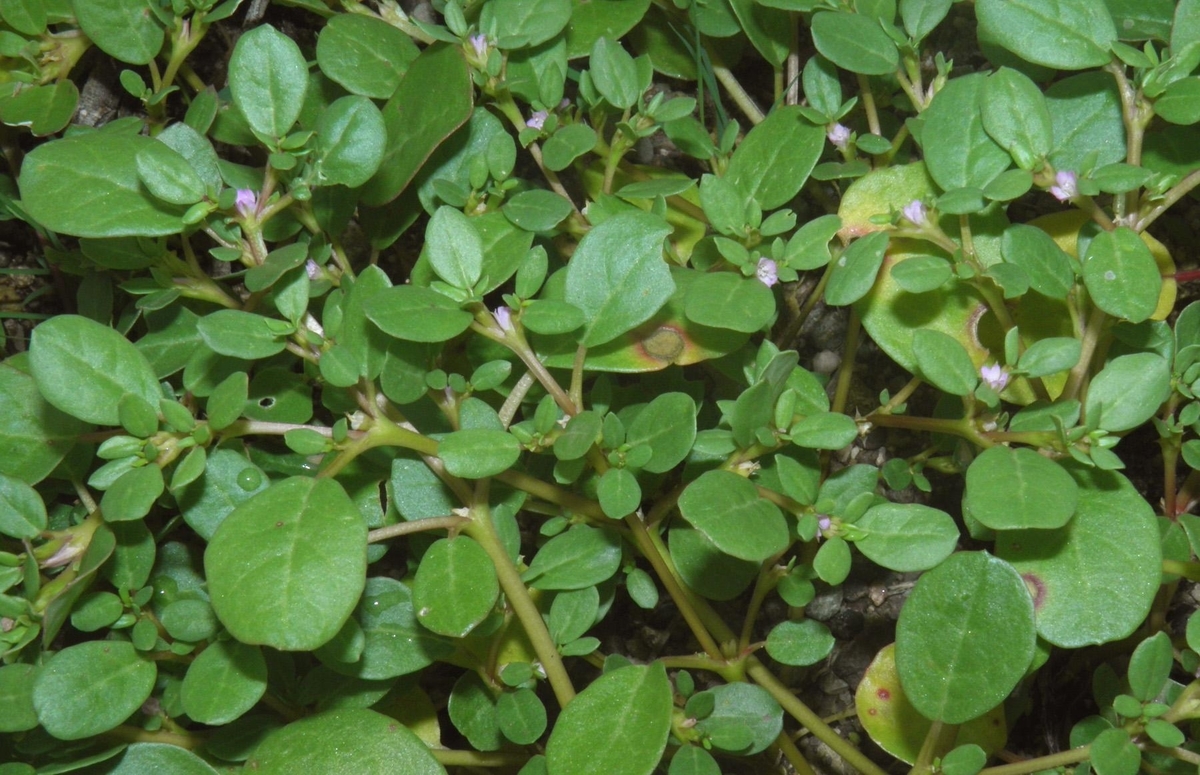Anthelminthic analysis of two local weeds of Punjab viz. Trianthema portulacastrum L. and Zaleya pentandra (L.) C. Jeffrey | IJB_INNSPUB

By: Annam Zikrea, Zaheer-Ud-Din Khan
The two plants of family Aizoaceae, Trianthema portulacastrum L. and Zaleya pentandra (L.) C. Jeffrey were compared from anthelmintic perspective. The process of steady-state maceration was used for the extract preparation and established that more phytochemical contents were macerated in fruit extract of T. portulacastrum L. andZ. pentandra (L.) C. Jeffrey.
Read moreSome aspects of biology of banded gourami, Colisa fasciata (Bloch and schneider 1801) in Jessore, Bangladesh | IJB_INNSPUB

By: Md. Sherazul Islam, Sharmin Akter, Md. Rezwanul Hasan, Shahanur Siddiqa Sheba
The experiment was conducted to know some aspects of biology such as food and feeding habit, maturity size, breeding season and fecundity of the banded gourami, Colisa fasciata (Bloch and Schneider 1801) in Jessore region of Bangladesh during May, 2014 to April, 2015. Random samples were collected from different fish markets in Jessore and Jhenaidah districts. The males were larger in size and dominant over females. The gut status of the species was 48% empty, 23% ½ full and 29% full. Feeding intensity was low during April to July (spawning time) which increased afterward of January (post spawning).
Read moreDetection and discrimination of Theileria species infection by using PCR amplification in small ruminants in and around Multan, Pakistan | IJB_INNSPUB

By: Muhammad Riaz, ZahidaTasawar
The present study was carried out to determine prevalence of Theilera species infection and risk factors involved in spread of theileriosis in sheep and goats in and around Multan, Southern Punjab, Pakistan. A total of 200 blood samples were collected from apparently healthy small ruminants comprising sheep (n=161) and goats (n=39) from different sampling sites of Multan, Pakistan, from randomly selected herds. Data on animal characteristics i.e. species, age, gender as well as herd characteristics was collected from through questionnaires. Microscopic examination revealed 7.0% blood samples positive while PCR DNA amplification revealed 22.5% samples positive for Theileria species infection which produced 1098 base pairs DNA fragment of 18S ssu rRNA.
Read moreThermal inactivation of pectin methylesterase, polygalacturonase, α-mannosidase, α-galactosidase and β-galactosidase activities in papaya (Carica papaya L. cv solo 8) pericarp | IJB_INNSPUB

By: Benjamin N’zué Yao, Hubert Kouassi Konan, Clément Yao Yué Bi, Kablan Tano
The effect of heat treatment on papaya (Carica papaya cv solo 8) pericarp Pectin methylesterase (PME), Polygalacturonase (PG), α-mannosidase (α-MAN), α-galactosidase (α-GAL) and β-galactosidase (β-GAL) activities were studied over a range of 40 to 65 °C. Denaturation of these enzymes, measured by the loss in activity, could be described as a first-order reaction with k-values between 0.0011 and 0.0303 min-1. D- and k-values decreased and increased, respectively, with increasing temperature, indicating fast enzymatic inactivation at higher temperatures. Results suggested that PME, PG, α-MAN, α-GAL and β-GAL are the relatively thermostables enzymes with a Z-value of 34.84, 19.12, 31.54, 42.69 and 17.69 °C respectively and Ea value of 39.90, 105.93, 64.38, 47.28 and 91.46 kJ mol-1 respectively.
Read moreAntimicrobial and antioxidant activity of Ammi visnaga (L) phenolic extracts and their effects on planktonic and biofilm growth of food spoilage Bacillus cereus | IJB_INNSPUB

By: Belkacem Imane, Rebai Ouafa, Djibaoui Rachid
Ammi visnaga (L) is a species from Apiaceae family (Umbelliferae), it is widely used in Algeria. It is supposed to be an interesting source of phenolic compounds which can be used against biofilm growth of bacteria. Bacillus cereus, a crucial pathogenic bacterium that causes food poisoning, is known as a producer of gastrointestinal diseases. In the present work we used water, acetone, ethanol and methanol to extract phenolic compound from the plant Ammi visnaga (L). The extracts were evaluated for their antioxidant activity and their effects on planktonic cells, swarming motility and biofilm growth of Bacillus cereus isolates. The results indicate that 70% methanolic extract represent the highest amount of total phenols (176mg GAE/g), and the lowest amount was obtained with acetone extract (18, 66mg GAE/g).
Read moreDetermination of oil content and fatty acids profile in sunflower seeds through near infra-red spectroscopy under various treatments of potassium nitrate, zinc sulphate and gibberellic acid | IJB_INNSPUB

By: Amin Ullah Jan, Fazal Hadi
The effects of potassium nitrate (KNO3), zinc sulphate (ZnSO4) and gibberellic acid (GA3) foliar spray on oil content and fatty acid profile in sunflower varieties were evaluated through Near Infra-Red Spectroscopy (NIRS). Eight varieties of sunflower (Rising Sun, SMH-0907, Ausigold-7, SMH-0939, US-444, Hysun-33, SMH-0917 and HS-K6) were grown in glass house. Different concentration of KNO3 (10 mg/L and 5 mg/L), ZnSO4 (2 mg/L and 1 mg/L) and 100 ppm of gibberellic acid solution were prepared. Four doses of each treatment were applied to the plants and for each dose fresh solutions were prepared. Potassium nitrate and Zinc sulphate significantly increased the oil % and unsaturated fatty acid level in sunflower varieties.
Read moreStability studies of sensory attributes of apricot pulp stored with chemical preservatives | IJB_INNSPUB

By: Adil Hussain, Azhar Hussain, Najeeb Ullah Jogezai, Yasir Ali, Ali Nadeem
The necessities of storage are very crucial aspects for better quality and shelf life of fruit pulp both at industrial and household level. In this study a locally grown Apricot variety (Halman) was selected and its pulp was given with chemicals treatment (Sodium Benzoate and Potassium Metabisulphite) in comparison with control samples and their various sensory parameters were studied during a storage period of 60 days under ambient temperature (28–32°C).
Read more